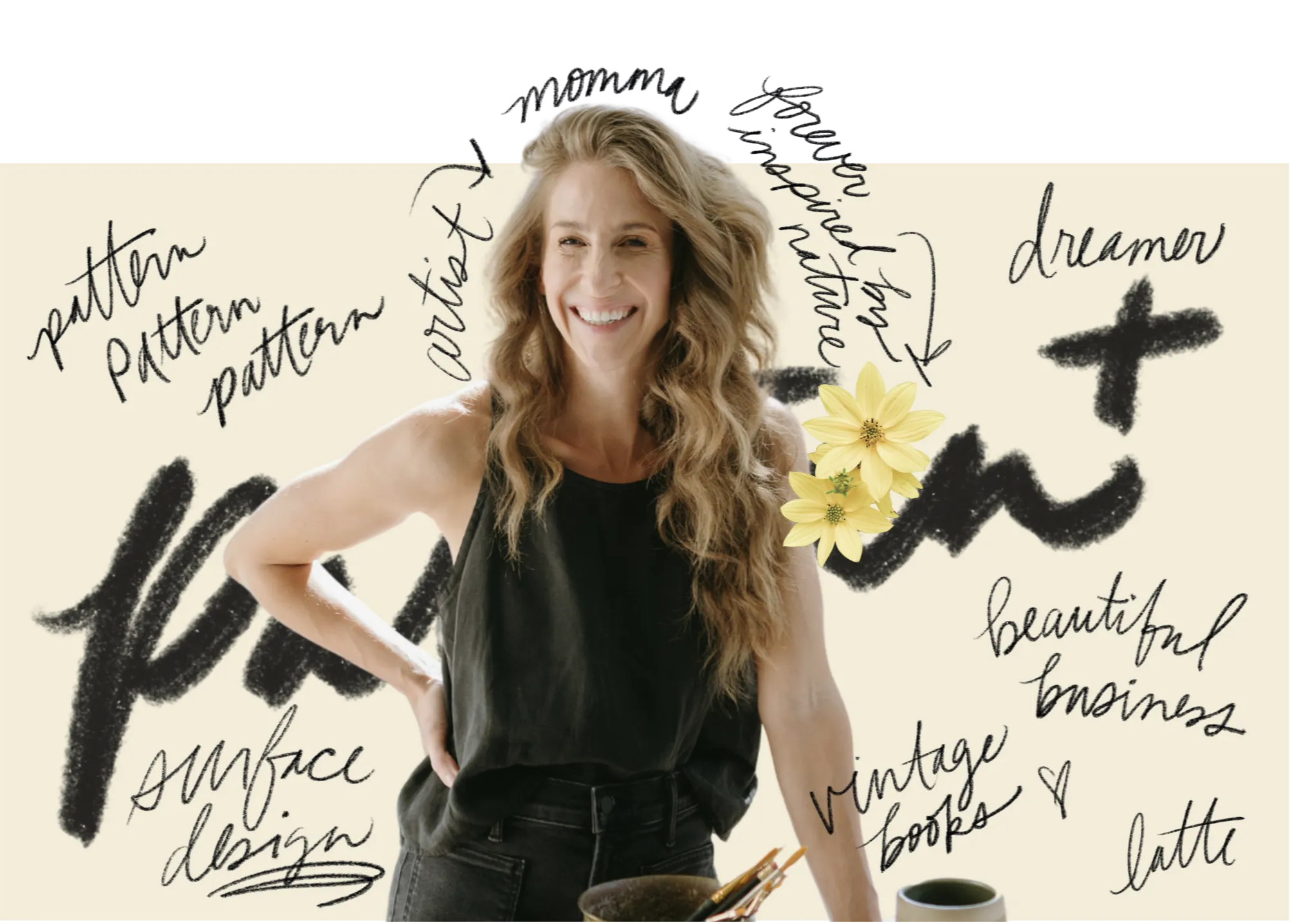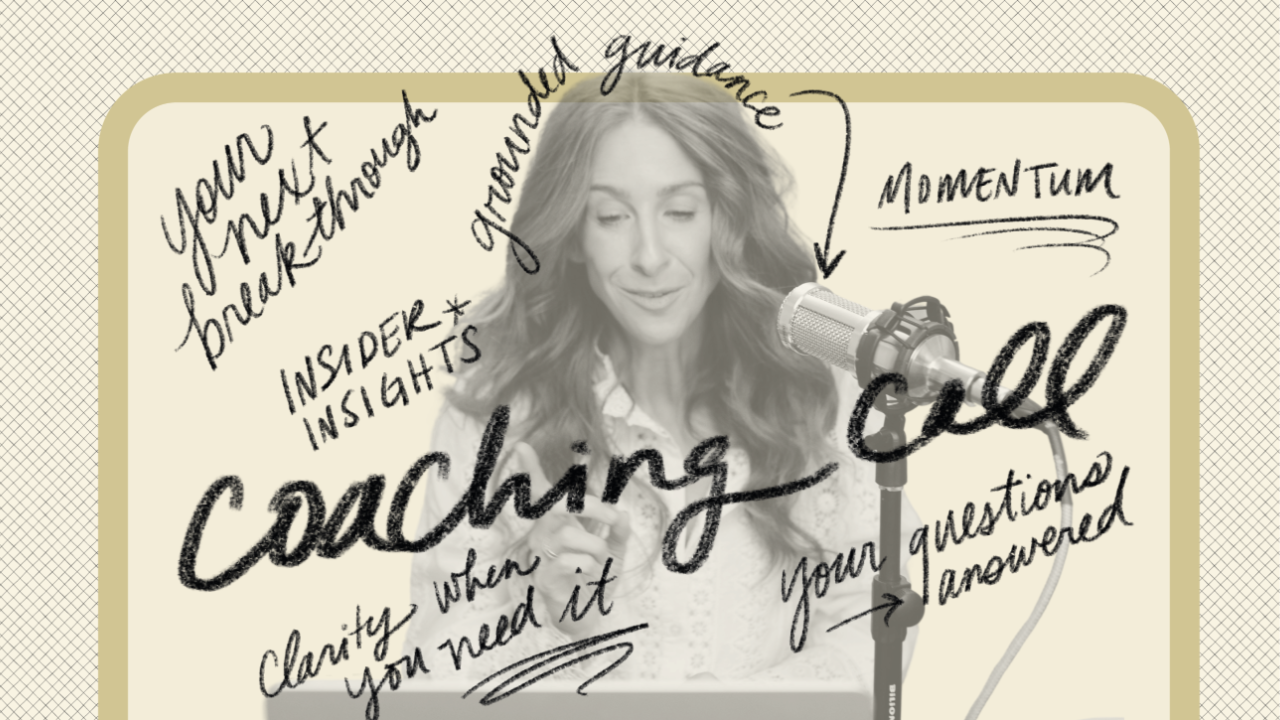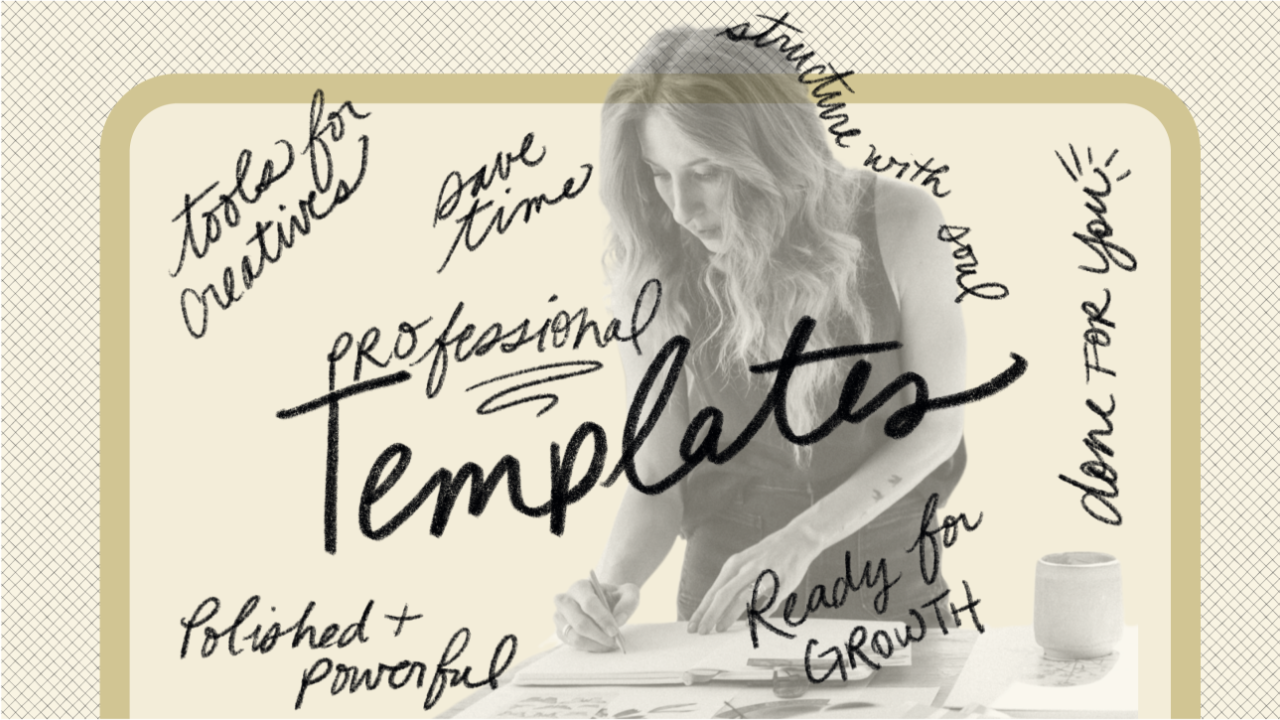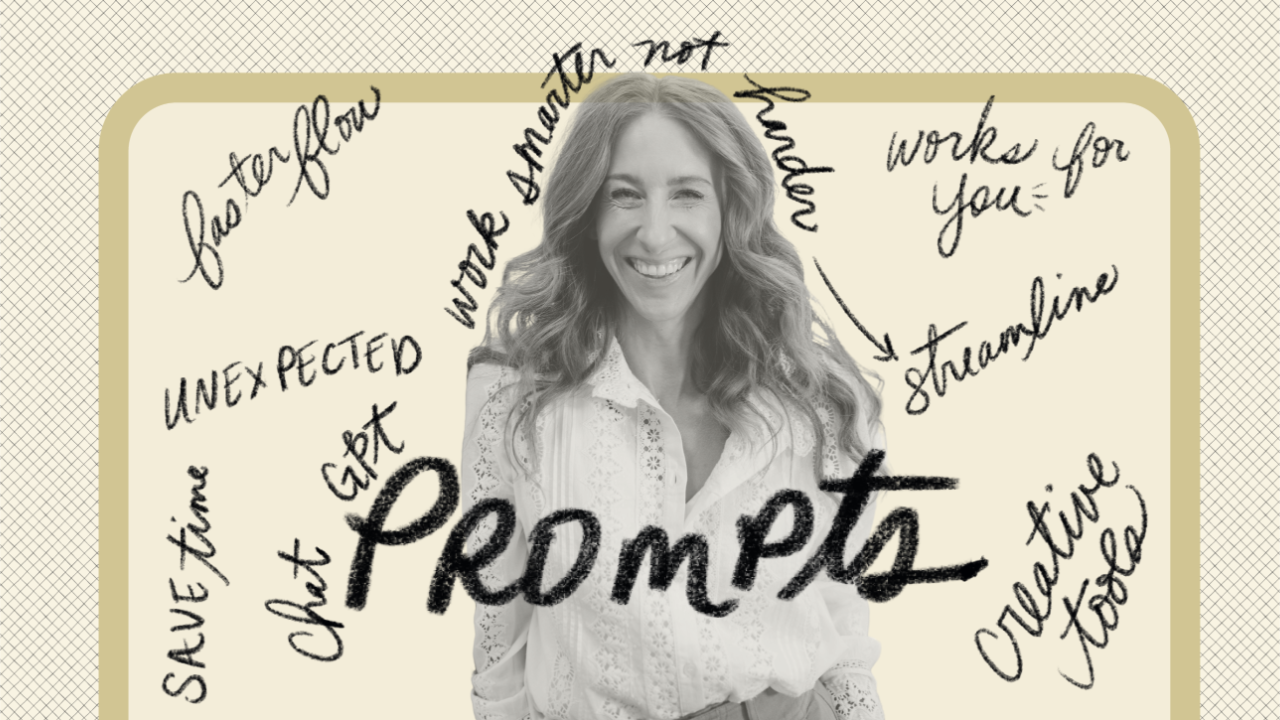How to Build a Business That Stands the Test of Time

Discover 5 timeless pillars for success as a creative entrepreneur, from embracing vulnerability to heartfelt marketing, building community, and fostering growth.
In the constantly evolving realm of creative entrepreneurship, I've found that certain strategies and insights stand the test of time. These enduring wisdoms have guided me on my journey and I hope they will enlighten fellow creative entrepreneurs as well. In this article, I'll share the five key pillars that I've found essential for success in our dynamic field.

These pillars, while framed within my own experiences and learning, hold timeless relevance. They offer a practical and actionable guide for anyone venturing into creative entrepreneurship.
1. Embracing Vulnerability
The first pillar, and perhaps one of the most challenging, is embracing vulnerability. Vulnerability is tricky, especially in an online atmosphere where you're exposed to a large audience. As a creative entrepreneur, every piece of work you create and put out into the world is open to feedback. This can make you feel vulnerable. However, I've learned that it's exactly this vulnerability that connects us to our audience on a deeper level. People admire you for your accomplishments, but they connect with you through your weaknesses.
The question then becomes: how can we embrace this vulnerability? How can we maintain our humanity in our work? I've found that there are three key ways to achieve this:
- Telling Stories: Storytelling is a powerful tool for connection. While telling stories doesn't always come naturally, especially when addressing a large audience, I've found it to be an incredibly effective way to share lessons and experiences. Stories help people remember lessons more vividly, and they provide an opportunity to share more openly and vulnerably with my audience.
- Leaning into Values: Personal and brand values are a key part of who we are as creative entrepreneurs. By leaning into these values, we allow people to know whether they align with us or not. While it might be tempting to try to appeal to everyone, I've found that it's much more effective to attract those who share your values. These are the people who will become your most committed and passionate supporters.
- Admitting Mistakes: Finally, vulnerability involves being willing to admit when we make mistakes. Whether it's a mishandled situation or a technological glitch, being open about our errors shows our humanity. It shows that we're not perfect, but we're committed to learning, growing, and doing better.
I've found that embracing vulnerability in these ways allows us to connect with our audience on a deeper level. It not only enhances our relationships with our audience but also enriches our personal and professional growth. It's a journey, and it's one that I believe is well worth taking.
2. Fostering Community Over Competition and Sharing Your Secrets
In my journey, I've discovered the immense power that lies in community and the act of sharing one's secrets. The creative field can sometimes feel protective over knowledge—we've worked hard for our contacts, resources, and tools, and the instinct can be to hold them close. But I've found that sharing these "secrets" doesn't increase competition. Instead, it magnetizes your audience towards you and encourages your community to do the same. Ultimately, it helps elevate the entire industry together.
What really makes you successful isn't your contacts or resources, it's unique to you—your unique perspective, your grit, your drive. These are things that can't be passed on. Serving others, developing others, and sharing with others gives you more purpose, motivates you, and in turn, leads to more success.
Here are three ways in which I've been putting this principle into practice:
- Openly Sharing Resources: If I'm using something in my personal art practice that I love, I share it. If someone wants to know where I got my journal or planner printed, I share my secrets. This openness has helped me create stronger connections within my community.
- Sharing Numbers: Sharing transparent numbers might feel vulnerable, but it provides a realistic perspective of what's working and what's not. It encourages and motivates people by showing them what's possible, and provides guidelines on what to expect.
- Encouraging Community Sharing: I've built my business on sharing secrets and I encourage my community to do the same. We have open source documents inside our membership, where we invite people to add their favorite resources or share challenges they're facing. This sharing culture builds a strong level of connection, where we're all supporting each other and cheering each other on.
By fostering a sense of community and openness, we not only build a network of support but also a network of opportunity. Sharing secrets and building a strong community has been integral to my journey in creative entrepreneurship, and I believe it can be for yours too.
3. Embracing Heartfelt Marketing
The third pillar of my journey in creative entrepreneurship is what I call 'heartfelt marketing'. As creatives, we often shy away from marketing and selling, yet if we're creative entrepreneurs, we must be selling something. And to sell, we have to market. So how can we get comfortable with marketing?
I truly believe in what I sell—I know it changes people's lives. You have to believe in the value of what you're offering and if you do, then you're really doing a disservice by not telling people about it. This realization helped me embrace marketing.
Heartfelt marketing is being purpose driven and heartfelt in how you approach people and inform them about your products. Here are a few ways I've implemented this approach:
- Default to Generosity: We have a policy in our business to default to generosity. When we encounter a question or challenge, we ask ourselves: what would it look like if we defaulted to generosity?
- Consider the Emotional Impact: We constantly ask ourselves how we want someone to feel after they interact with our content—be it an Instagram post, an email, or a comment in the community. Our mission is to make everyone walk away from engaging with a piece of content feeling better than they did when they arrived.
- Transparency: We aim to be transparent with our audience. If we're running an ad campaign for a free workshop, we tell them upfront what to expect. If there's no offer at the end, we make that clear. If there is an offer at the end, we let them know in advance. This transparency allows people to fully engage without wondering about the catch.
By embracing heartfelt marketing, I've found that we not only connect more deeply with our audience but also convey the value of our offerings more effectively. This has been a transformative part of my journey and can be an empowering approach for any creative entrepreneur.
4. Obsessing Over Audience Success
The fourth pillar of my journey in creative entrepreneurship is an obsession with the success of my audience. In many businesses, a sale is often seen as the measure of success. However, in my business, a sale is just the beginning of our mission. We measure the success of our business by the success of our audience.
Our mission is to generate results for our members, students, and consumers. Every product or service we create is evaluated through the lens of whether it contributes to benefiting member results. We've found that this focus not only makes us perform better but also allows us to serve our audience with our whole heart.
Here are a few ways we've implemented this approach:
- Creating a Path to Success: Inspired by my mentor Stu McLaren, we created a 'path to success'. This is a set of stages, milestones, and goals for everyone in our program to show where they start and where we want them to end up. This allows both our members and us to measure their progress.
- Filtering New Projects: We evaluate every new project by asking, "How does this help our audience find success?" This helps us decide what to say yes to and what to say no to. If it's not directly contributing to the success of our audience, we often pass it up.
- Featuring Students' Work and Stories: We feature our students' work and their stories as much as possible. We have a community Instagram account where we showcase our members' and students' artwork to help them get more exposure and find new opportunities.
By focusing on the success of our audience, we've not only been able to enrich their journey but also deepen our connection with them. It's been an instrumental part of our success as a business and a rewarding aspect of our journey in creative entrepreneurship.
5. Creating a Value-Driven Workplace
The final pillar of my journey in creative entrepreneurship centers around creating a value-driven workplace. In recent years, many people have tasted the flexibility and freedom of working from home and decided that they want to maintain that flexibility moving forward. This shift in working culture raises the bar for those of us who are hiring or managing teams. It's becoming increasingly important to build an enticing company culture, provide ongoing opportunities for team growth and learning, and offer high flexibility.
In our business, we focus on helping our team understand that they are part of something bigger—that we are purpose-driven and that they play a crucial role in that mission. Here are a few ways we've worked towards creating a value-driven workplace:
-
Learning and Development Budget: We've allocated a learning and development budget for every team member. Each person gets $2,500 a year to use towards learning and development that's applicable to their position. This could be a course, class, conference, or book—anything that helps them grow in their role.
-
Flex Hours: As a completely online and virtual team spread out across the United States, it's important for us to offer flexible hours. We have a weekly team meeting, but otherwise, work can be done at any time as long as it gets done. This flexibility allows our team members, many of whom are parents with busy schedules, to manage their work-life balance effectively.
-
Charitable Giving: Each year, our team collectively gives $10,000 to a charity. Everyone on the team picks a charity, presents it to the group, and then we vote anonymously. The winning charity gets a $10,000 donation in the name of the person who suggested it, and all the other charities get a $1,000 donation in the name of the person who suggested them. This practice not only allows us to make a bigger impact in the world but also reinforces that being a part of our team means being part of something bigger.
Creating a value-driven workplace has been an enriching and rewarding part of our journey in creative entrepreneurship. By focusing on our team's growth, flexibility, and impact, we've been able to foster a culture of purpose and value that extends beyond our business.
Charting Your Own Course in Creative Entrepreneurship
Navigating the realm of creative entrepreneurship is an exciting journey. The five timeless pillars I've shared have guided me towards success in this dynamic field. As you chart your own course in creative entrepreneurship, I hope that these insights serve as a compass, guiding you towards a path of sustained growth and success.
HEAR MORE ON THIS TOPIC ON EPISODE 15 OF THE PROFESSIONAL CREATIVE

Are you on the list?
Let's stay in touch!
Join the list below to get inspiration, updates and education sent directly to your inbox.
We honor your email. <3 We will never sell your information, for any reason.






